Home>Garden Essentials>How Long Does It Take For Kentucky Bluegrass To Germinate
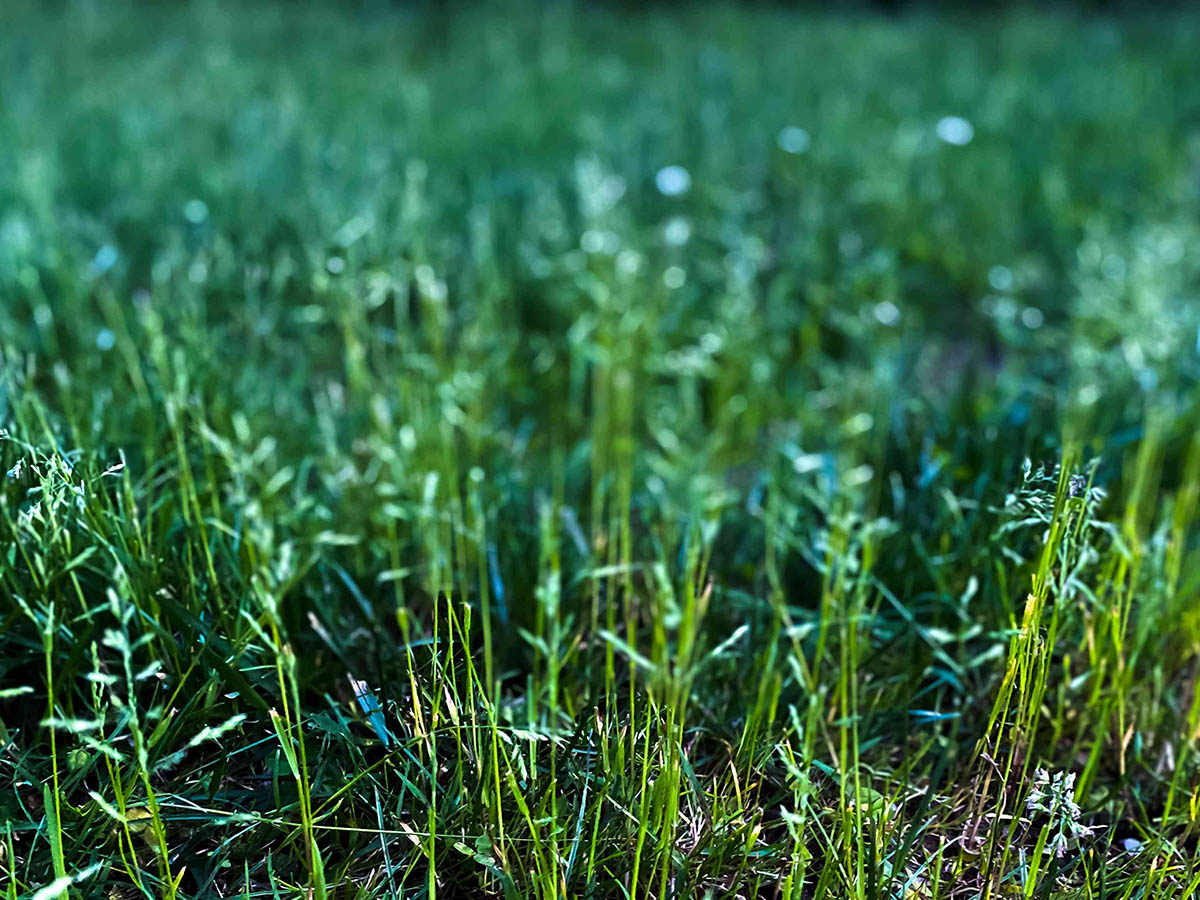

Garden Essentials
How Long Does It Take For Kentucky Bluegrass To Germinate
Modified: March 15, 2024
Get your garden off to a vibrant start! Discover how long it takes for Kentucky Blue Grass to germinate and ensure a flourishing garden in no time.
(Many of the links in this article redirect to a specific reviewed product. Your purchase of these products through affiliate links helps to generate commission for Storables.com, at no extra cost. Learn more)
Introduction
Starting a garden is an exciting journey filled with anticipation and hope. Whether you are a seasoned gardener or a beginner, understanding the process of germination is crucial for successful plant growth. One popular grass variety that gardeners often choose is Kentucky Blue Grass.
Kentucky Blue Grass, scientifically known as Poa pratensis, is a cool-season grass that is widely used for lawns, parks, and athletic fields. It is known for its lush, dense growth and vibrant green color, making it a popular choice for homeowners and landscape professionals alike.
However, before you can enjoy the beauty of a Kentucky Blue Grass lawn, you need to understand how long it takes for the grass seed to germinate. Germination refers to the process where the seed begins to sprout and develop into a seedling, eventually giving rise to a mature plant. The germination time can vary depending on several factors, including environmental conditions, seed quality, and proper care.
In this article, we will explore the factors that influence the germination time of Kentucky Blue Grass, as well as provide tips and guidelines to maximize your chances of success. So, sit back, grab your gardening tools, and let’s dive into the fascinating world of Kentucky Blue Grass germination!
Key Takeaways:
- Kentucky Blue Grass seeds typically take 10 to 21 days to sprout, but factors like temperature and soil moisture can affect the timeline. Patience and proper care are crucial for successful germination.
- To help Kentucky Blue Grass seeds germinate, create ideal conditions by providing the right temperature, moisture, and soil preparation. Avoid common mistakes like overwatering and using poor-quality seeds for a healthy lawn.
What is Kentucky Blue Grass?
Kentucky Blue Grass (Poa pratensis) is a species of turfgrass native to Europe, Asia, and North America. It is one of the most popular cool-season grasses, known for its fine texture, excellent density, and beautiful green color.
As the name suggests, Kentucky Blue Grass has a bluish-green hue, giving it a distinct appearance that many homeowners desire for their lawns. It forms a dense turf that can withstand heavy foot traffic, making it ideal for residential lawns, parks, and recreational areas.
One of the reasons for the popularity of Kentucky Blue Grass is its ability to form a self-repairing sod, which means that it can recover quickly from damage, such as wear and tear or disease. This characteristic makes it an excellent choice for high-traffic areas.
Moreover, Kentucky Blue Grass has a shallow root system, allowing it to grow in a variety of soil types, including clay and loam. It prefers well-draining soil but can tolerate moderate levels of moisture as well. However, it may not be suitable for areas with poor drainage or excessive shade.
This grass variety is also known for its cold tolerance, making it an excellent choice for regions with harsh winters. It can withstand cold temperatures and even moderate drought conditions, although regular watering is still necessary to maintain its lush appearance.
Overall, Kentucky Blue Grass is beloved for its aesthetic appeal, durability, and adaptability to various growing conditions. It provides a lush, green carpet-like appearance to any landscape, adding charm and beauty to any outdoor space.
Factors Affecting Germination Time
The germination time of Kentucky Blue Grass can vary depending on a variety of factors. Understanding these factors can help you manage your expectations and make informed decisions when it comes to planting and caring for your lawn. Here are some key factors that can affect the germination time:
- Temperature: Temperature plays a crucial role in the germination process. Kentucky Blue Grass germinates best under cool temperatures, usually between 60°F and 75°F (15°C to 24°C). Cooler temperatures promote better seed activation and root development.
- Soil Moisture: Adequate soil moisture is essential for optimal germination. The soil should be evenly moist, but not waterlogged, during the germination period. Dry soil can hinder the germination process, while overly wet conditions can lead to seed rot or fungal diseases.
- Soil pH: Kentucky Blue Grass prefers slightly acidic to neutral soil with a pH range of 6.0 to 7.5. Soil pH outside of this range can affect nutrient availability and hinder seed germination and subsequent growth.
- Seed Depth: The depth at which you sow the Kentucky Blue Grass seeds can impact germination. It is recommended to plant the seeds at a depth of about ¼ to ½ inch (0.6 to 1.3 cm) in the soil. Planting too shallow or too deep can affect seed-to-soil contact and overall germination rate.
- Seed Quality: The quality of the grass seed you use can significantly impact germination time. It is important to choose high-quality seeds that are fresh, free of contaminants, and properly stored. Poor-quality seeds may have lower germination rates and take longer to sprout.
- Competition from Weeds: Weeds can compete with Kentucky Blue Grass for water, nutrients, and light, which can delay germination and hinder seedling establishment. It is crucial to keep the planting area clear of weeds before and after planting the grass seeds.
It’s important to note that these factors are interrelated and can influence each other. For example, soil temperature and moisture levels can affect seed activation, while soil pH can impact nutrient availability for seedling growth. Creating optimal conditions by addressing these factors can help promote faster and more uniform germination of Kentucky Blue Grass seeds.
Ideal Conditions for Germination
Creating the ideal conditions for germination is essential to encourage the successful growth of Kentucky Blue Grass. By providing the optimal environment, you can ensure a faster and more uniform germination process. Here are the key factors to consider:
- Temperature: Kentucky Blue Grass thrives in cool temperatures, so it’s best to sow the seeds when the soil temperature is between 60°F and 75°F (15°C to 24°C). You can use a soil thermometer to check the temperature before planting.
- Moisture: Proper moisture is crucial for seed germination. The soil should be moist but not overly saturated. Irrigate the area lightly to keep the top inch of soil consistently moist until the grass seeds germinate.
- Soil Preparation: Prepare the soil before sowing the Kentucky Blue Grass seeds to ensure optimal conditions for germination. Loosen the top layer of soil and remove any debris or weeds. You can also consider adding organic matter, such as compost, to improve soil structure and nutrient availability.
- Seed-to-Soil Contact: Good contact between the seeds and soil is vital for germination. After sowing the seeds, lightly rake or roll the area to press the seeds into the soil. This improves seed-to-soil contact and increases the chances of successful germination.
- Light: Kentucky Blue Grass requires full sun to partial shade for optimal growth. Ensure that the planting area receives at least 6 to 8 hours of direct sunlight each day. However, avoid excessive shade as it can hinder germination and overall growth.
- Regular Watering: Once the grass seeds have germinated, it’s important to continue providing adequate moisture. Water the newly sprouted seedlings regularly to prevent drying out, but avoid overwatering, which can lead to shallow root growth or disease development.
- Patience and Maintenance: Remember that germination can sometimes take a few weeks, so be patient. Maintain proper lawn care practices, such as regular mowing, fertilizing, and weed control, to support the healthy growth of the Kentucky Blue Grass.
By creating these ideal conditions, you can optimize the germination process and ensure a healthy start for your Kentucky Blue Grass lawn. Remember to follow the specific instructions and recommendations provided by the seed manufacturer for best results.
Kentucky bluegrass typically takes 14-30 days to germinate. Keep the soil consistently moist and at a temperature of 60-75°F for best results.
Germination Timeline
The germination timeline for Kentucky Blue Grass can vary depending on several factors, including temperature, moisture, soil conditions, and seed quality. Generally, Kentucky Blue Grass seeds take about 10 to 21 days to germinate. However, it’s essential to note that individual seeds may germinate at different rates, resulting in a staggered emergence of seedlings.
Here is a general breakdown of the germination timeline for Kentucky Blue Grass:
- Days 1-5: During the first few days after sowing the seeds, the grass seed absorbs moisture and begins the process of swelling and sprouting. It’s common not to see any visible growth during this stage.
- Days 6-10: Around the sixth day, tiny shoots start to emerge from the grass seeds. These shoots will continue to grow, developing into visible seedlings. The seedlings may appear as thin blades of grass at this stage.
- Days 11-21: Within this timeframe, the seedlings continue to grow and develop. You will notice an increase in the height of the grass blades, and the seedlings will become thicker and more established. By the end of the third week, the grass seedlings should be well-emerged and ready for further growth.
It’s important to keep in mind that the germination timeline can be influenced by various factors, such as temperature fluctuations, soil moisture levels, and seed quality. Cooler temperatures might prolong the germination process, whereas warmer temperatures can accelerate it.
Additionally, the germination timeline mentioned above is a general guideline. Some seeds may germinate earlier, while others may take longer. It’s important to maintain proper care and provide the optimal conditions throughout the germination period to maximize the chances of successful and uniform seedling emergence.
Observing the germination timeline and monitoring the progress of the seedlings will help you gauge the success of your planting and allow you to make any necessary adjustments to ensure the healthy development of your Kentucky Blue Grass lawn.
Tips for Successful Germination
Getting your Kentucky Blue Grass seeds to germinate successfully is the first step towards a healthy and lush lawn. Here are some tips to help you achieve successful germination:
- Prepare the soil: Before sowing the seeds, prepare the soil properly. Remove any debris, rocks, or weeds from the planting area. Loosen the top layer of soil to promote good seed-to-soil contact and optimal root penetration.
- Choose high-quality seeds: Select high-quality Kentucky Blue Grass seeds from a reputable source. Look for fresh seeds that are free from contaminants and disease. Good quality seeds have a higher germination rate, improving your chances of successful growth.
- Sow the seeds at the right depth: Plant the seeds at a depth of about ¼ to ½ inch (0.6 to 1.3 cm) in the soil. This ensures good seed-to-soil contact and prevents the seeds from being exposed to the elements or drying out.
- Keep the soil consistently moist: Moisture is crucial for seed germination. Water the area lightly to keep the top inch of soil consistently moist until the grass seeds germinate. Avoid overwatering, as it can lead to waterlogging and seed rot.
- Maintain proper temperature: Kentucky Blue Grass prefers cooler temperatures for germination. Ensure that the soil temperature is between 60°F and 75°F (15°C to 24°C) during the germination period. Use a soil thermometer to monitor the temperature.
- Protect the seeds from birds and pests: Cover the seeded area with a thin layer of straw or bird netting to prevent birds, squirrels, or other pests from disturbing or eating the seeds. Remove the cover once the seedlings have emerged.
- Avoid heavy foot traffic: Avoid walking or allowing heavy foot traffic over the seeded area during the germination period. Excessive pressure can disturb the seeds and hinder germination. Restrict access to the area until the grass seedlings have established.
- Be patient: Germination can take time, so be patient and avoid the temptation to overwater or take any actions that may disrupt the process. Follow the recommended timelines and be vigilant in providing proper care and maintenance.
- Maintain proper lawn care practices: Once the grass seedlings have emerged, continue with proper lawn care practices to support their growth. This includes regular watering, mowing at the appropriate height, and providing necessary nutrients through fertilization.
By following these tips, you can maximize the chances of successful germination of your Kentucky Blue Grass seeds. Remember that every lawn is unique, and adjustments may be required based on your specific growing conditions and climate. Patience, dedication, and proper care will ultimately lead to a healthy and vibrant Kentucky Blue Grass lawn.
Common Mistakes to Avoid
When it comes to germinating Kentucky Blue Grass, there are some common mistakes that gardeners should avoid. By being aware of these mistakes, you can increase your chances of successful germination and ensure the healthy growth of your lawn. Here are some crucial mistakes to avoid:
- Overwatering: While moisture is essential for germination, overwatering can be detrimental. It can lead to waterlogged soil, which hinders oxygen flow to the roots and encourages the growth of mold or fungus. Avoid excessive watering and maintain a consistent level of moisture.
- Poor soil preparation: Failing to properly prepare the soil can result in uneven germination and weak seedling growth. Take the time to remove debris, rocks, and weeds from the planting area, and ensure the soil is loosened to promote good seed-to-soil contact.
- Planting at the wrong time: Timing is critical when it comes to seeding Kentucky Blue Grass. Sowing the seeds too early or too late in the season can lead to suboptimal germination and poor establishment. Follow the recommendations for your specific region and climate.
- Planting seeds too deep or shallow: Planting the seeds at an incorrect depth can impact germination. Planting too deep can hinder the seed’s access to light and oxygen, while planting too shallow may expose the seeds to dry out. Follow the recommended planting depth for Kentucky Blue Grass seeds.
- Using poor-quality seeds: The quality of the grass seeds you use directly affects germination and the overall health of your lawn. Avoid using low-quality or outdated seeds, as they may have lower germination rates and produce weaker grass. Invest in high-quality, fresh seeds from reputable sources.
- Failure to control weeds: Weeds can hamper the germination process by competing for resources such as water, nutrients, and sunlight. Clear the planting area of weeds before sowing the grass seeds, and continue to monitor and control weed growth during the germination period and beyond.
- Ignoring soil pH: Kentucky Blue Grass has specific soil pH requirements for optimal growth. Ignoring soil pH can lead to nutrient deficiencies and hinder germination and overall lawn health. Test the soil pH and make necessary adjustments to ensure it falls within the appropriate range.
- Not being patient: Germination takes time, and rushing the process can lead to poor results. Avoid the temptation to overwater, over-fertilize, or disturb the seeds while waiting for germination. Be patient and allow nature to take its course.
By avoiding these common mistakes, you can set the stage for successful germination and establish a healthy Kentucky Blue Grass lawn. Remember to carefully follow the recommendations and guidelines specific to your region and climate for the best outcomes.
Conclusion
Germinating Kentucky Blue Grass seeds is an exciting and rewarding endeavor. By understanding the factors influencing germination time, creating ideal conditions, and avoiding common mistakes, you can increase your chances of successful growth and establish a vibrant and healthy lawn.
Kentucky Blue Grass, known for its fine texture, dense growth, and beautiful green color, is a popular choice for lawns, parks, and recreational areas. Its ability to withstand heavy foot traffic, recover from damage, and adapt to various soil types makes it a desirable option for homeowners and landscape professionals.
The germination timeline for Kentucky Blue Grass typically ranges from 10 to 21 days, with individual seeds sprouting at different rates. Creating optimal conditions, such as providing the right temperature, moisture, and seed-to-soil contact, can help speed up the germination process and promote uniform seedling emergence.
It’s important to remember that patience is key during the germination period. Avoid the common mistakes of overwatering, poor soil preparation, and using low-quality seeds. By practicing proper lawn care and maintenance after germination, such as regular watering, mowing, and weed control, you can ensure the healthy development of your Kentucky Blue Grass lawn.
So, whether you’re starting a new lawn or rejuvenating an existing one, take the time to understand the germination process of Kentucky Blue Grass. By following the tips and guidelines outlined in this article, you can set yourself up for success and enjoy the beauty of a lush and thriving Kentucky Blue Grass lawn for years to come.
Frequently Asked Questions about How Long Does It Take For Kentucky Bluegrass To Germinate
Was this page helpful?
At Storables.com, we guarantee accurate and reliable information. Our content, validated by Expert Board Contributors, is crafted following stringent Editorial Policies. We're committed to providing you with well-researched, expert-backed insights for all your informational needs.
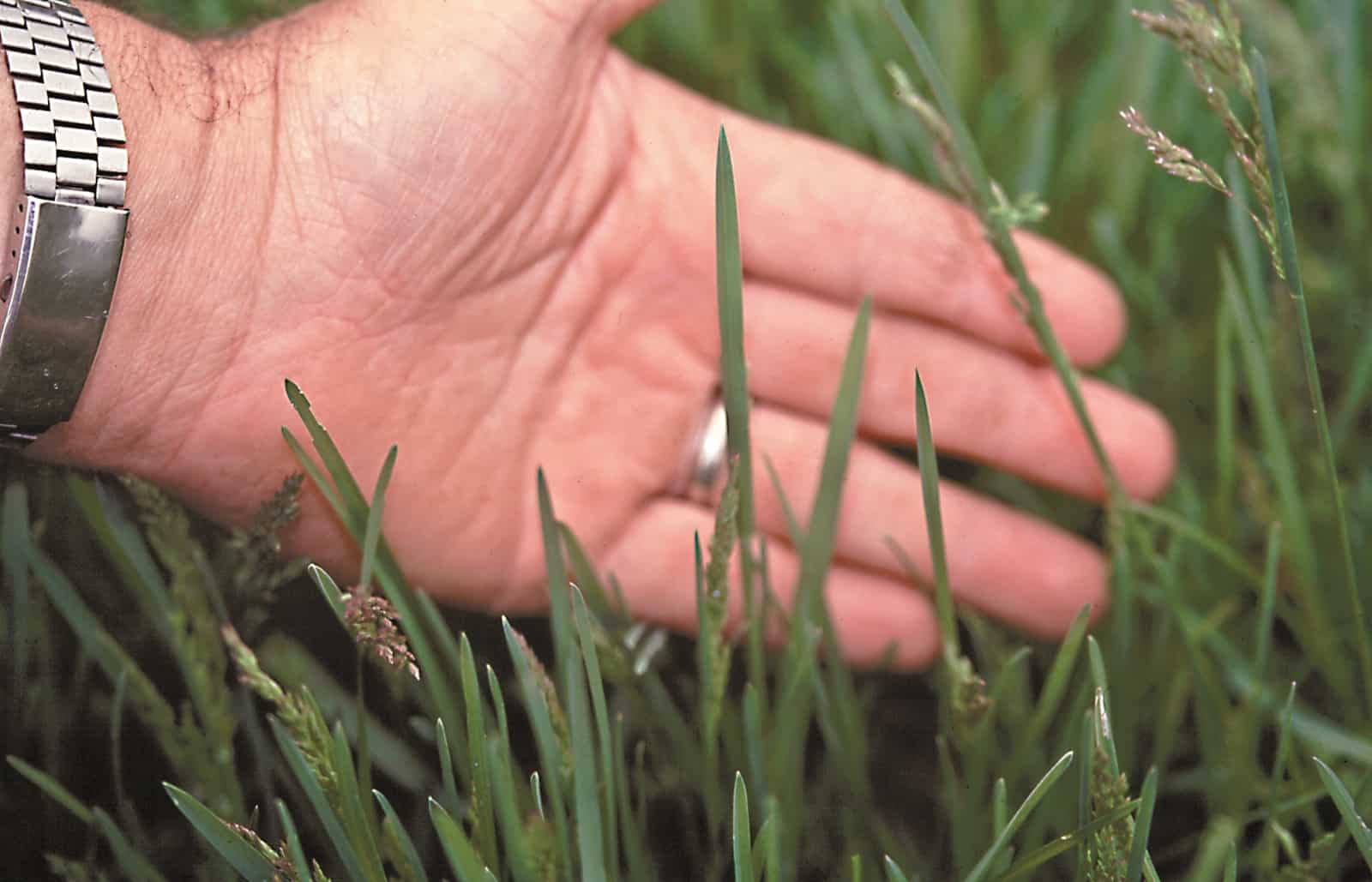
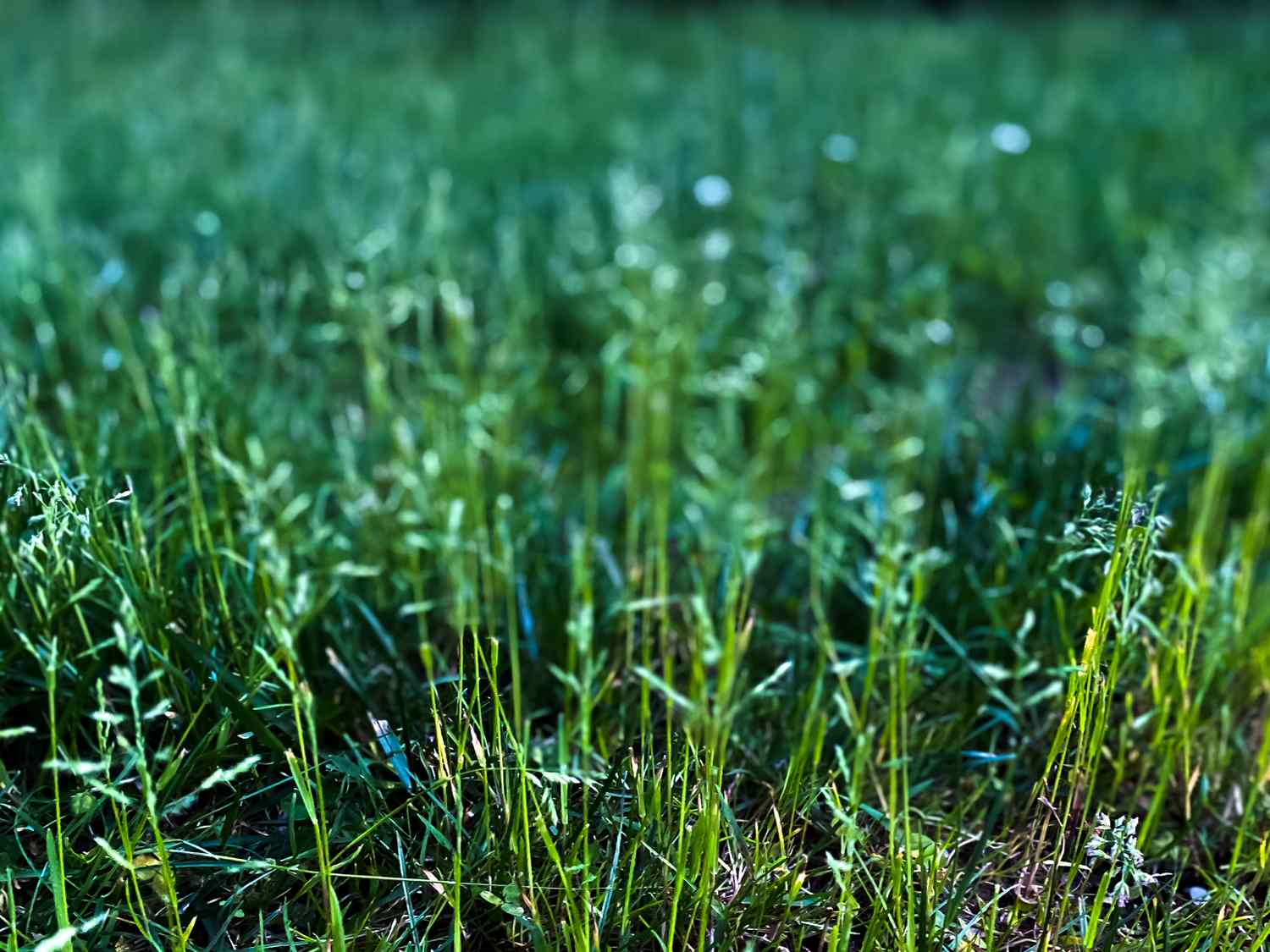







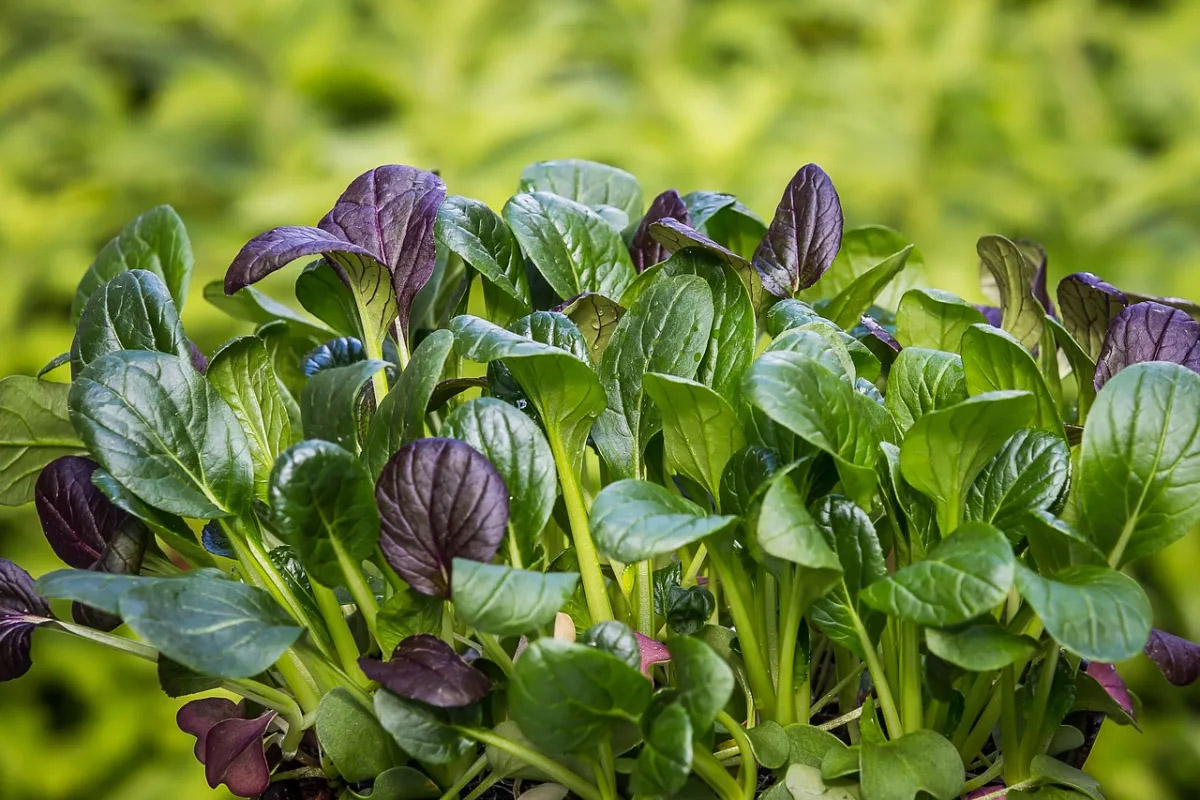
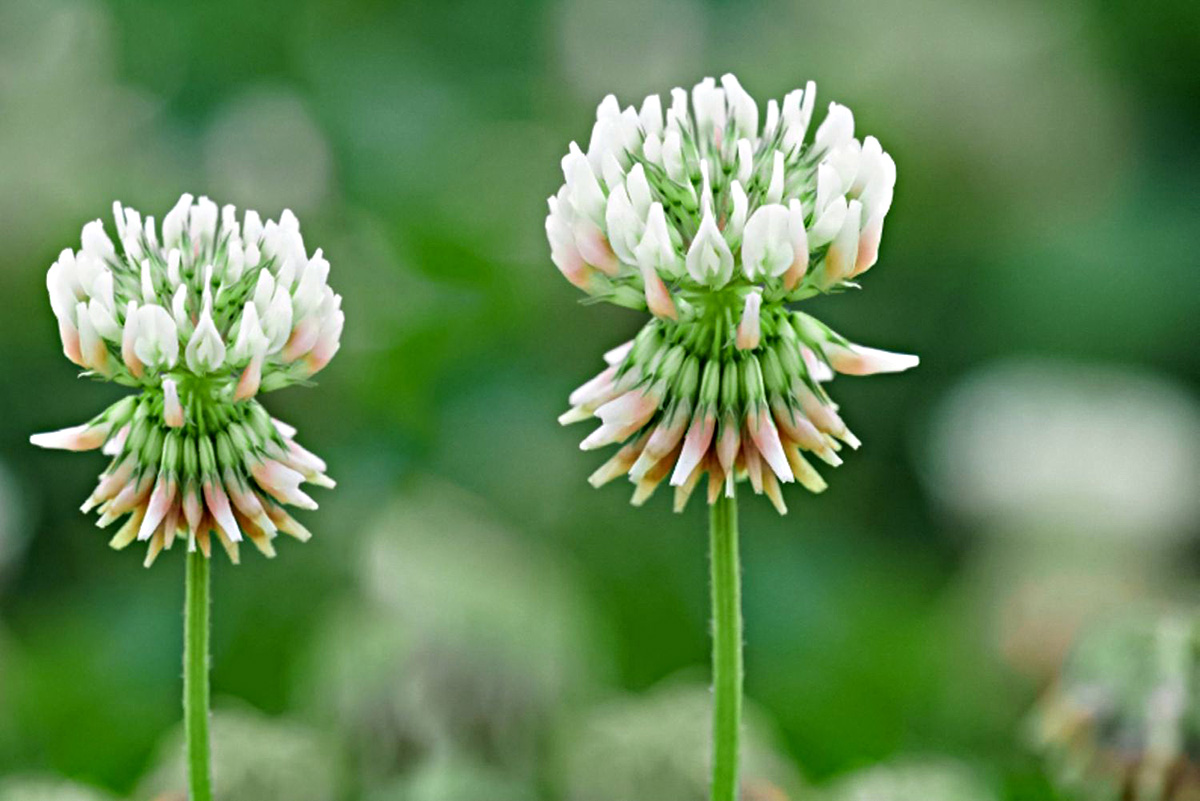
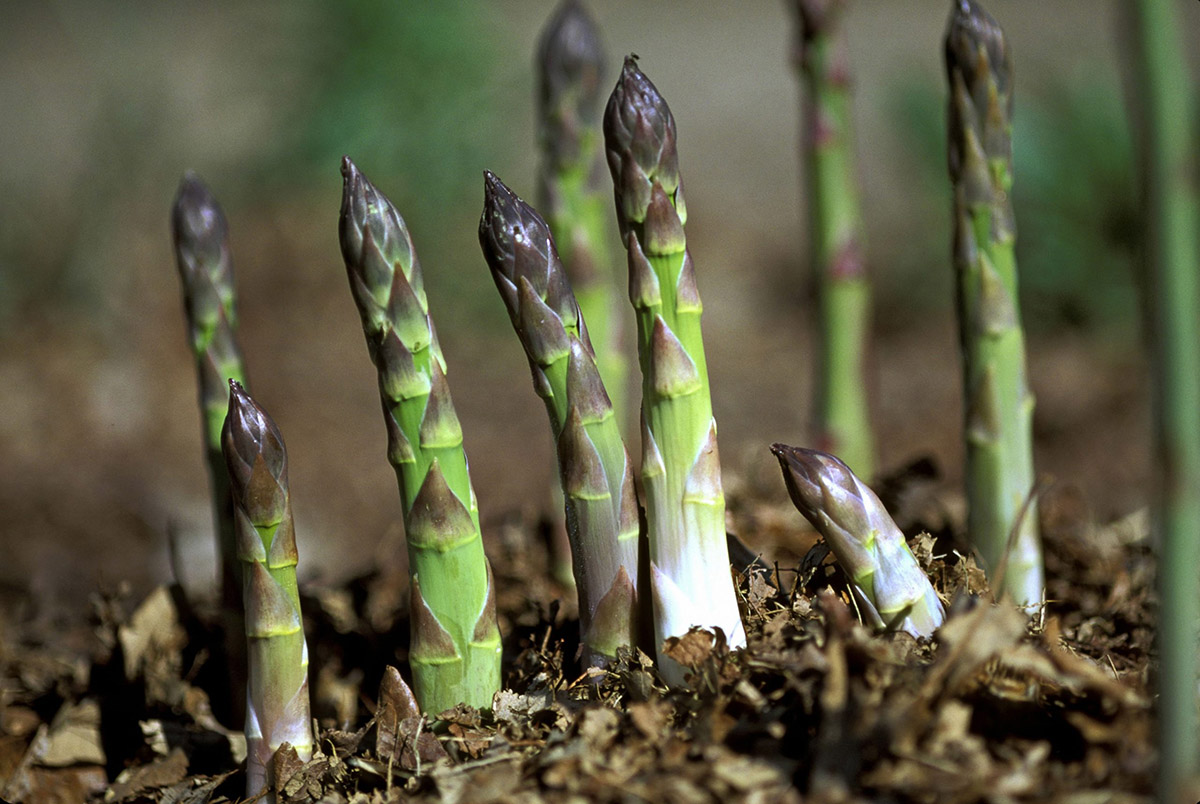
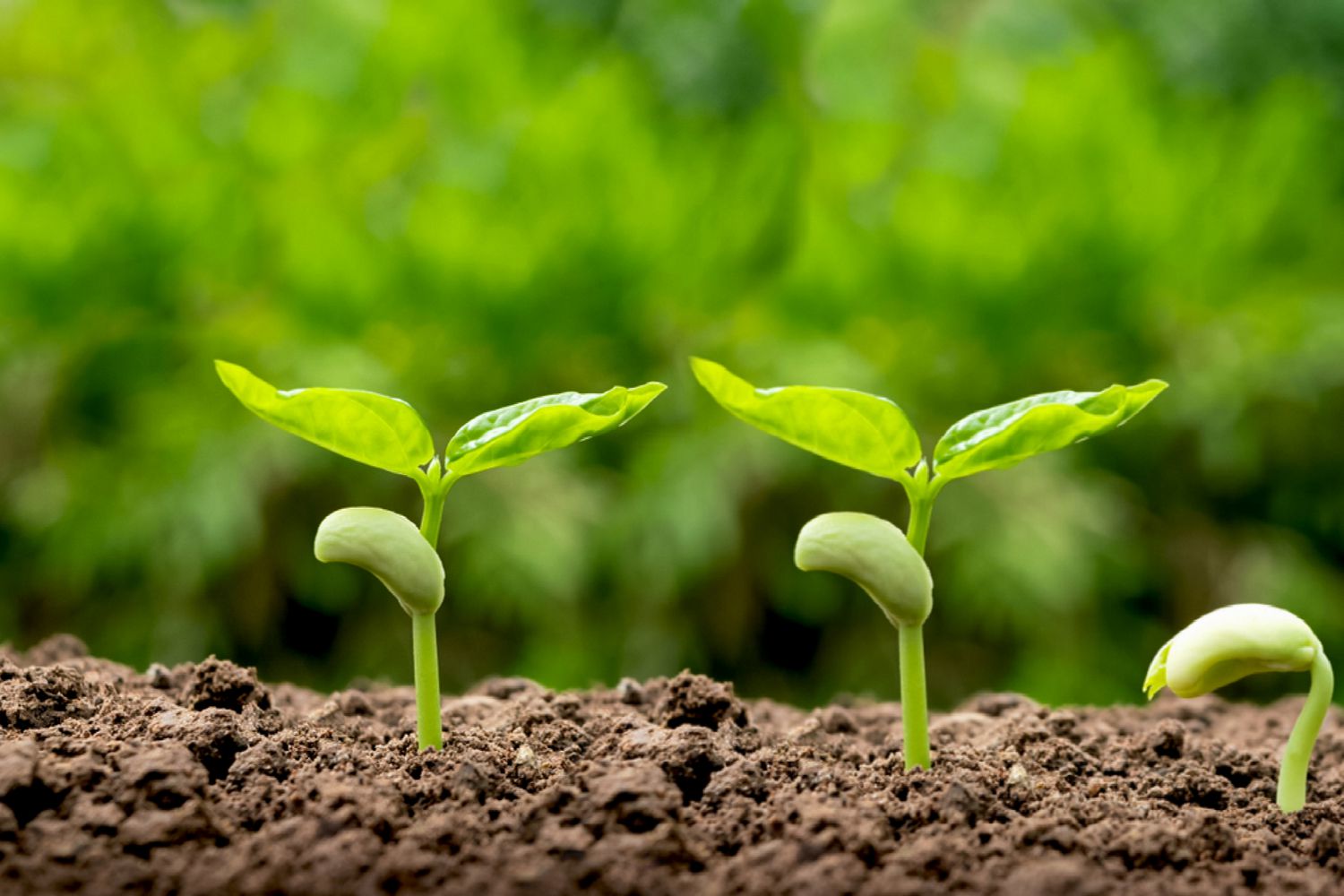
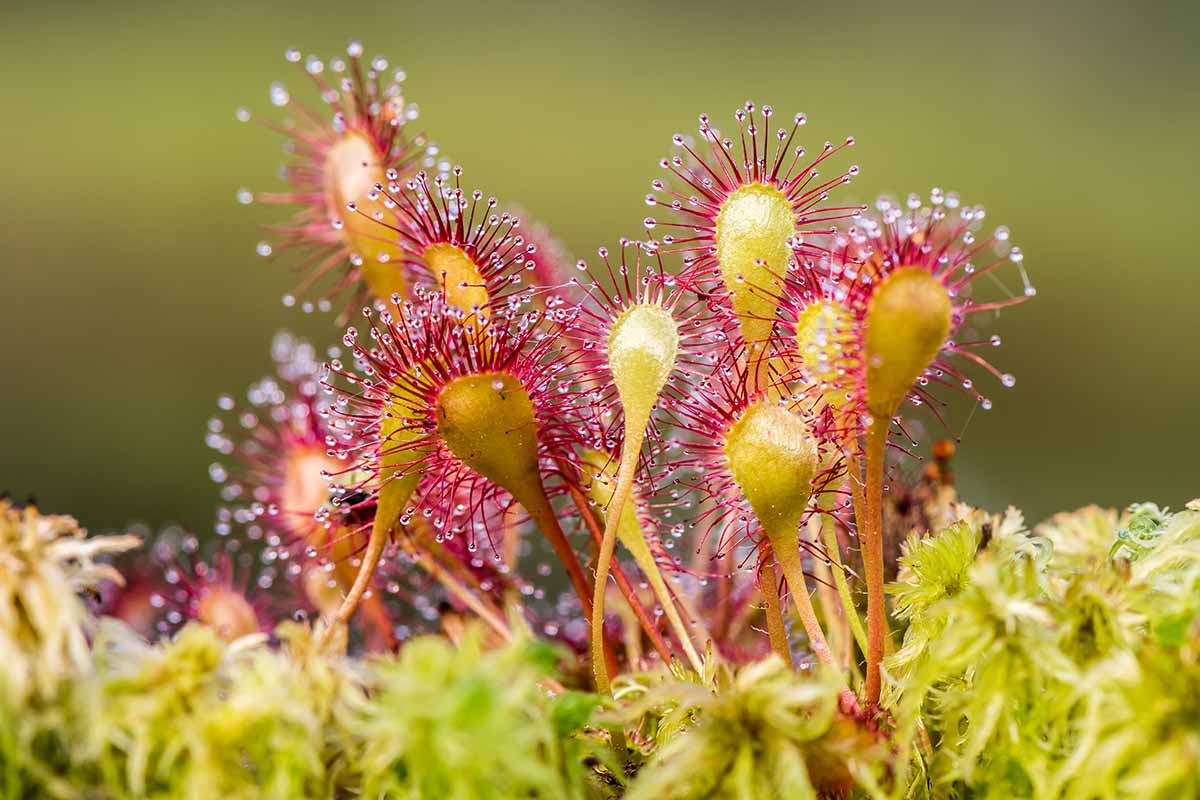

0 thoughts on “How Long Does It Take For Kentucky Bluegrass To Germinate”